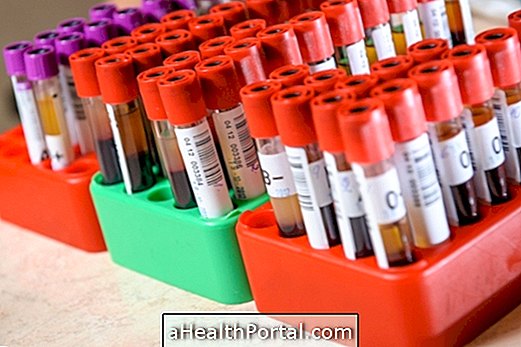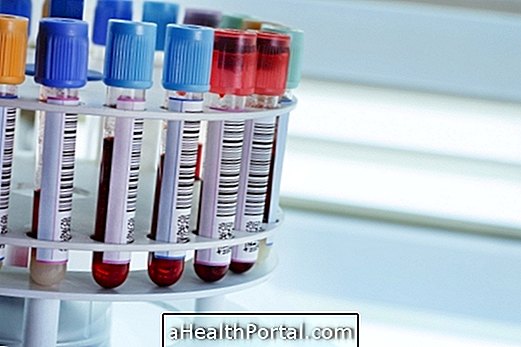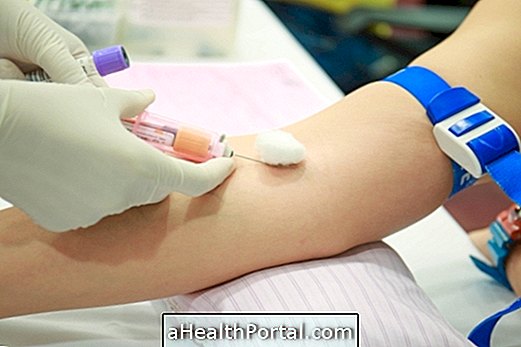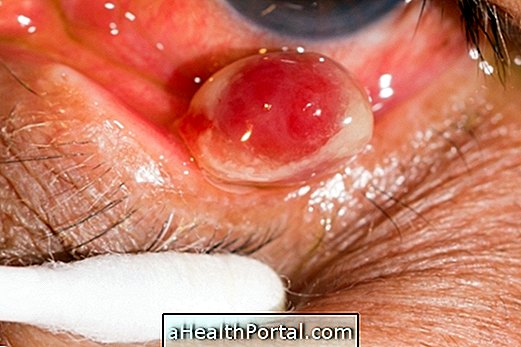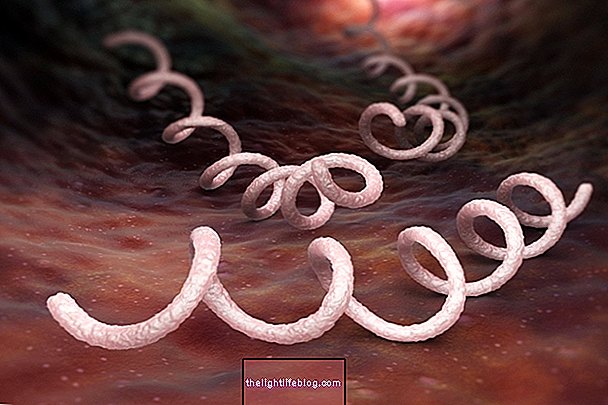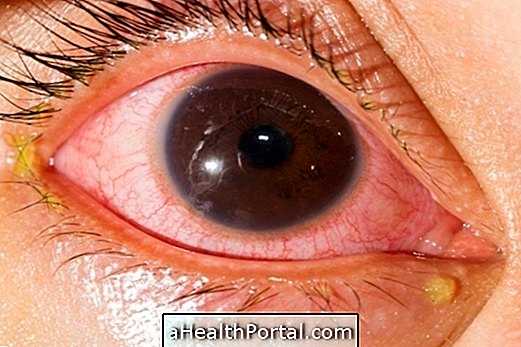The FAN exam is a type of test widely used to aid in the diagnosis of autoimmune diseases, especially Systemic Lupus Erythematosus (SLE). Thus, this test aims to detect in the blood the presence of autoantibodies, which are antibodies produced by the body itself and attack the cells and tissues themselves.
This examination is based on the fluorescence pattern of the antibodies, being possible to visualize in the microscope and to aid in the diagnosis of several diseases. Although it is normal to have a low FAN score, when this number is very high, it may mean that there is an autoimmune disease, which needs to be identified and treated as soon as possible to alleviate the symptoms.
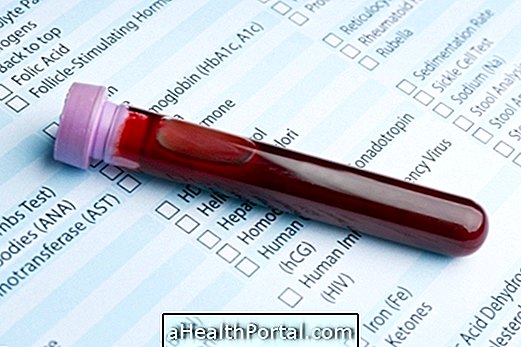
What is it for
This FAN exam can help diagnose autoimmune diseases such as:
- Lupus, which is an autoimmune disease characterized by inflation of joints, skin, eyes and kidneys, for example;
- Rheumatoid arthritis, in which there is pain, redness and swelling of the joints. Here's how to identify rheumatoid arthritis;
- Juvenile idiopathic arthritis, in which there is inflammation of one or more joints in children;
- Autoimmune hepatitis, in which the presence of autoantibodies causes inflammation in the liver. Know the main symptoms of autoimmune hepatitis;
- Scleroderma, which is an autoimmune disease characterized by increased production of collagen, causing hardening of the skin and joints;
- Dermatomyositis, which is an inflammatory disease characterized by muscle weakness and dermatological lesions. Learn more about dermatomyositis;
- Sjogren's syndrome, which is characterized by inflammation of various glands in the body.
Generally, the doctor may be wary of these diseases if the person has symptoms that take a long time to disappear as red patches on the body, swelling, constant pain in the joints, excessive tiredness or mild fever, for example.
How is the exam done?
This examination is very simple, only having to remove blood through an appropriate laboratory and a trained professional. The collected blood is sent to the laboratory, where the analysis will be done.
Blood collection is usually done at the hospital, but can also be done at specialist clinics, both for adults and children. In the case of babies, the collection is usually done with a small sting in the foot, without having to use the needle.
In the laboratory, the test is done by adding in the sample a fluorescent dye labeled with the antibodies to be identified. Thereafter, the blood with the labeled dye is placed in a container containing a known human cell culture with Hep-2 cells, which allows the clear visualization of various cell structures and cell cycle phases. Thus it is possible to make the diagnosis, since it is made from the fluorescence pattern observed through the microscope.
What preparation do you need?
There is no special preparation for the FAN exam, and it is only recommended to inform the doctor about the medication being used and possible health problems.
What do the results mean?
In healthy people the FAN test is usually negative or non-reactive, with values such as 1/40, 1/80 or 1/160. However, this does not mean that whenever it is negative there is no autoimmune disease. That way, even giving negative, and according to the symptoms presented, the doctor may ask for other tests to confirm that it is not an autoimmune disease.
When the result is positive, or reagent, usually presents values of 1/320, 1/640 or 1/1280. In addition, there is still the positivity pattern which is based on the fluorescence seen in the microscope, which helps to better distinguish the type of disease and which may include:
- Homogeneous nucleus : may indicate the presence of lupus, rheumatoid arthritis or juvenile idiopathic arthritis, depending on the identified antibody. If the presence of anti-DNA, anti-chromatin and anti-histone antibody is identified it is indicative of lupus;
- Centromeric dotted nucleus : usually indicative of scleroderma;
- Fine dotted nuclear : usually indicates Sjögren's syndrome or lupus, depending on the identified antibody;
- Dotted thick nucleus: lupus, rheumatoid arthritis or systemic sclerosis according to identified antibodies;
- Fine dotted cytoplasmic : may be polymyositis or dermatomyositis;
- Continuous nuclear membrane : may indicate autoimmune hepatitis or lupus;
- Dotted nucleolar : usually a sign of systemic sclerosis.
These results should always be interpreted and evaluated by a physician and, in almost all cases, further testing is necessary before confirming the diagnosis.
